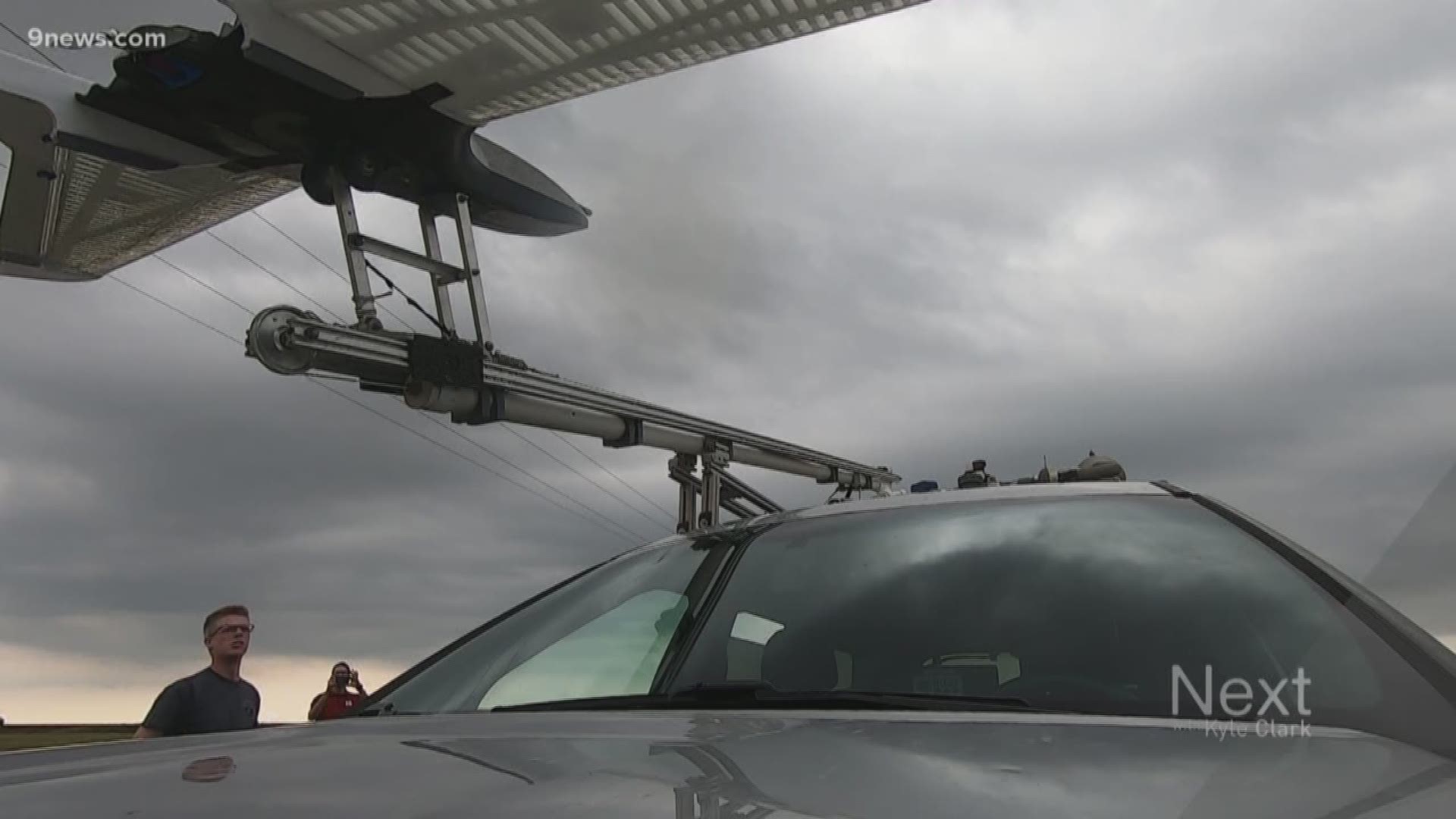BOULDER, Colo. — The Project:
TORUS, or Targeted Observation by Radars and UAS of Supercells – one of the largest and most ambitious tornado research projects ever conducted.
The first research phase ran from May 13 to June 16. Two more phases are planned for the spring of 2020 and 2021.
The University of Colorado Boulder Aerospace and Engineering department is in charge of modifying three fixed-wing drones with weather sensors and flying them directly into supercell thunderstorms.
The Goal:
Collect data to improve the conceptual model of supercell thunderstorms – the parent storms of the most destructive tornadoes – to help with future forecasting.
There is currently an average of about 15 minutes warning before a supercell tornadoes hits. TORUS leaders believe that warning time can be increased to as much as an hour.
Also to prove the capabilities of unmanned aircraft to be used as research instruments, and to display the ease of operation.
"For the most part, these drones were designed to operate on their own, which means we are almost to the point were meteorologists, and researchers, and emergency managers can operate them on their own," said Eric Frew, a professor with CU Boulder Aerospace and Engineering.
The Mission:
It's a nomadic project, which means the researchers must go to the storms. CU Boulder's 18-person crew traveled 9,000 miles over nine different states in 35 days.
Mission leaders wanted data collected directly from the left flank of supercells, a part of the storm where our best data so far has only come from remote sensing.
“The left flank, that’s the heart of the hail and what you see in the radar, so if we slow down we get bombarded with hail," Frew said. "So the novelty was this left flank, to get just to the edge of the hail and the rain, touch the storm, turn around, and get back out.”
They put their drones into some tough conditions but got the job done. Engineering that group leader Frew was proud of.
“At one point we encountered a 75 mph wind gust, and not only was our aircraft able to survive that but the communications systems, our ability to talk to (the) drone, command the drone, that all worked flawlessly,” Frew said.
The Results:
CU Boulder's team flew 41 missions into 18 supercell thunderstorms, seven of which produced tornadoes during the flights or just after. They flew all three drones simultaneously at times and returned home with all drones fully functioning.
"It was the perfect data-set for us. We had about half of the supercells produce tornadoes, while the others did not. Now our scientists will be able to make a good comparison of the different conditions," Frew said.
SUGGESTED VIDEOS | Science is cool

